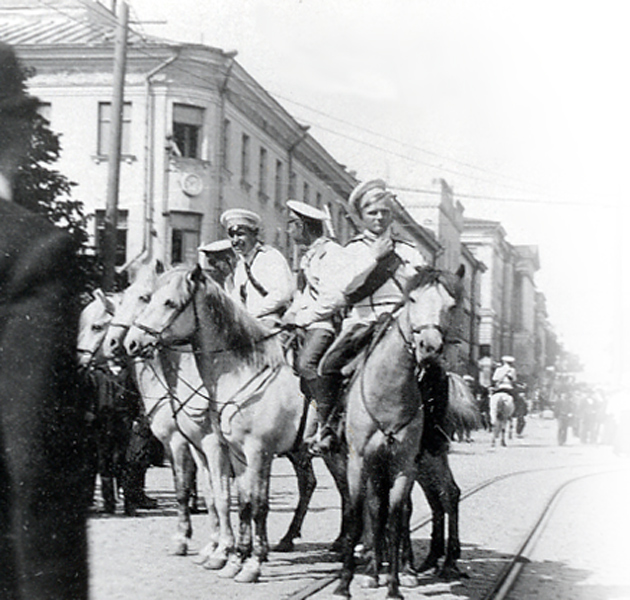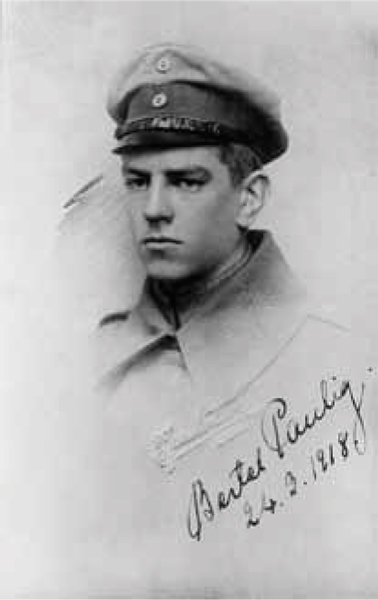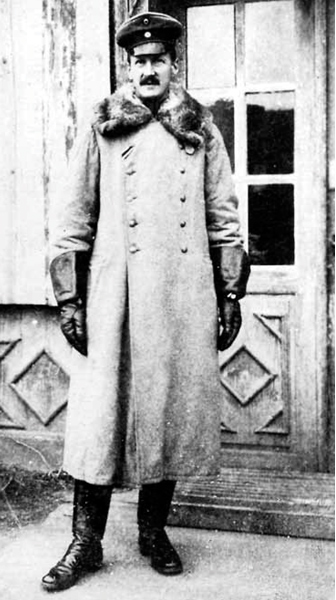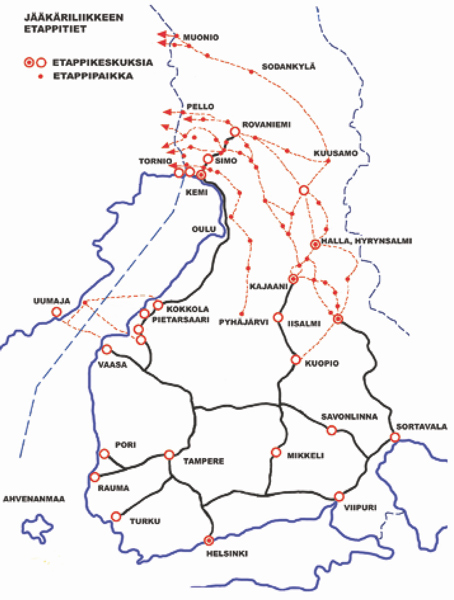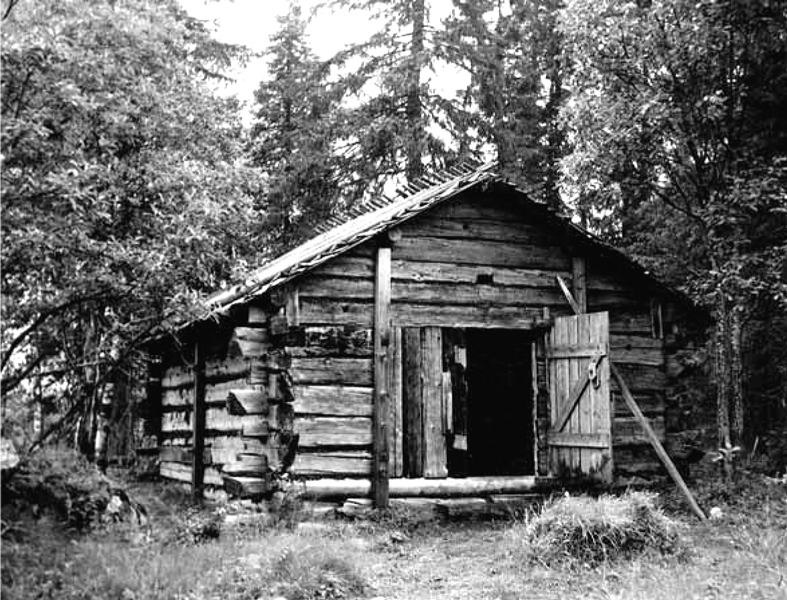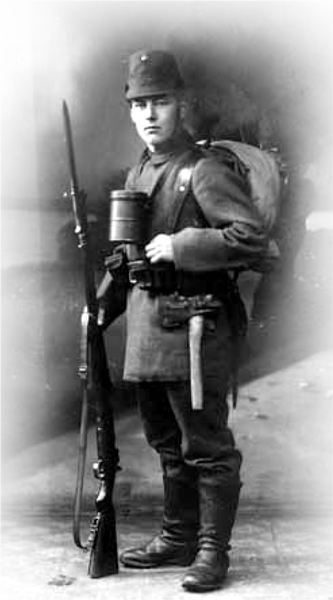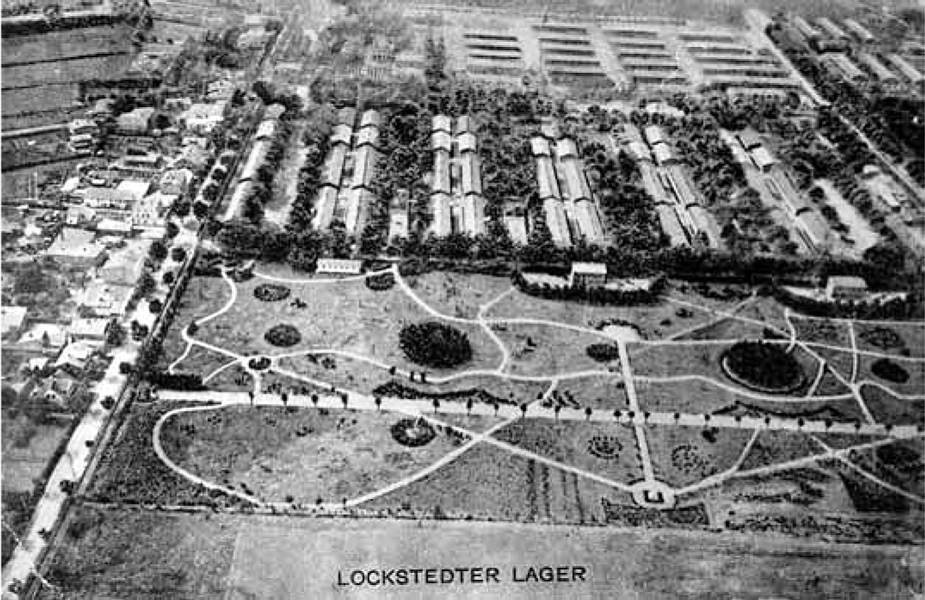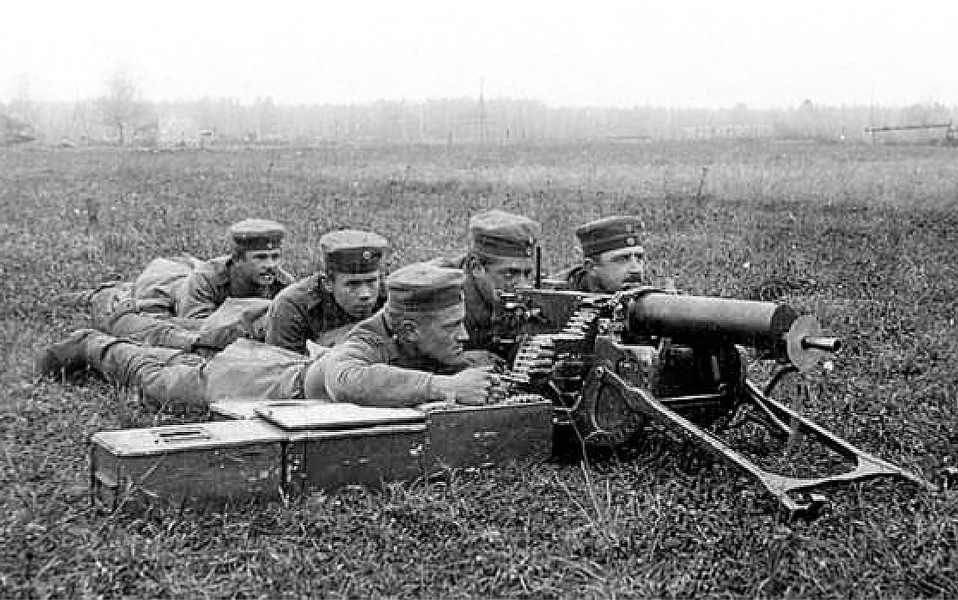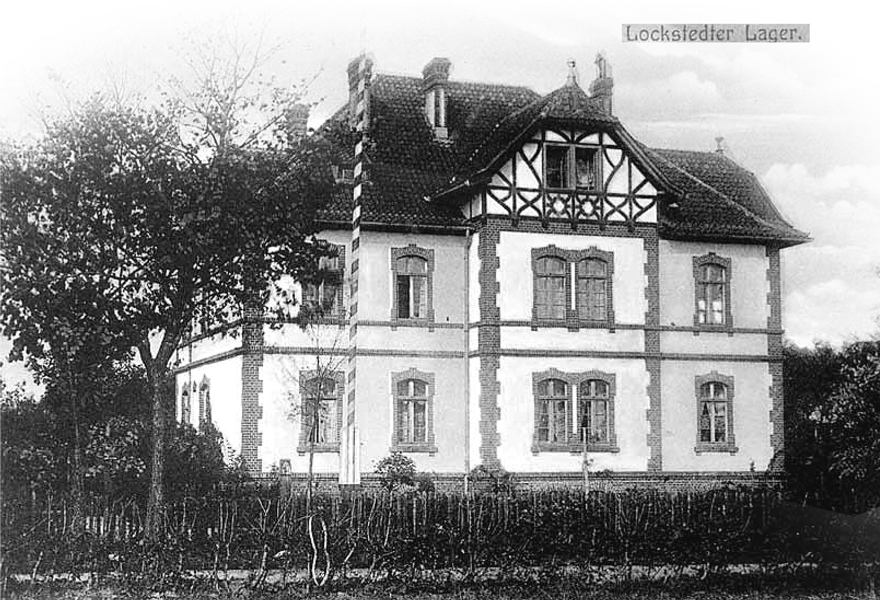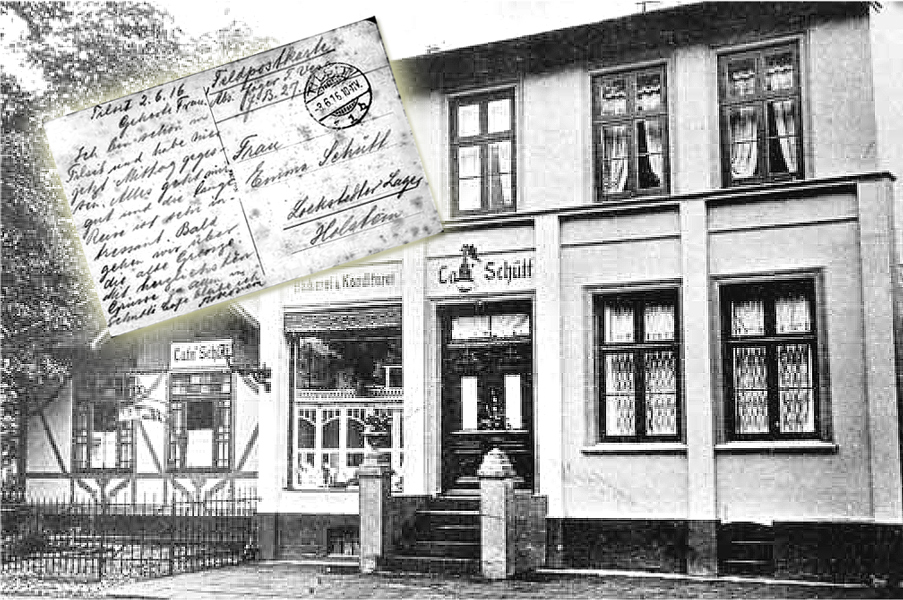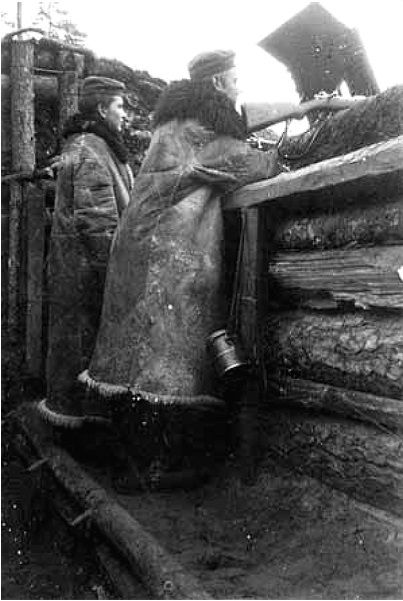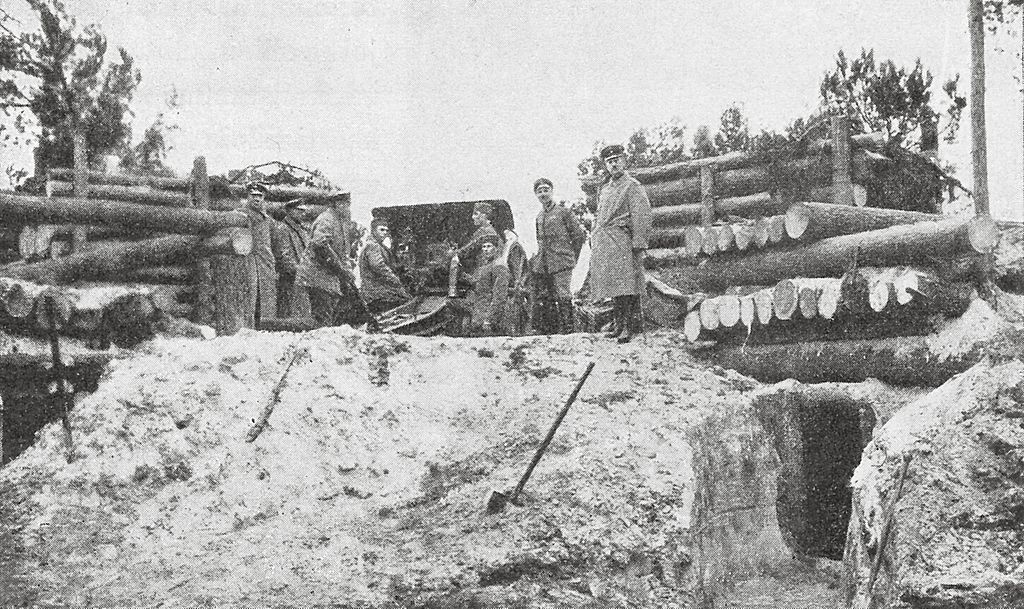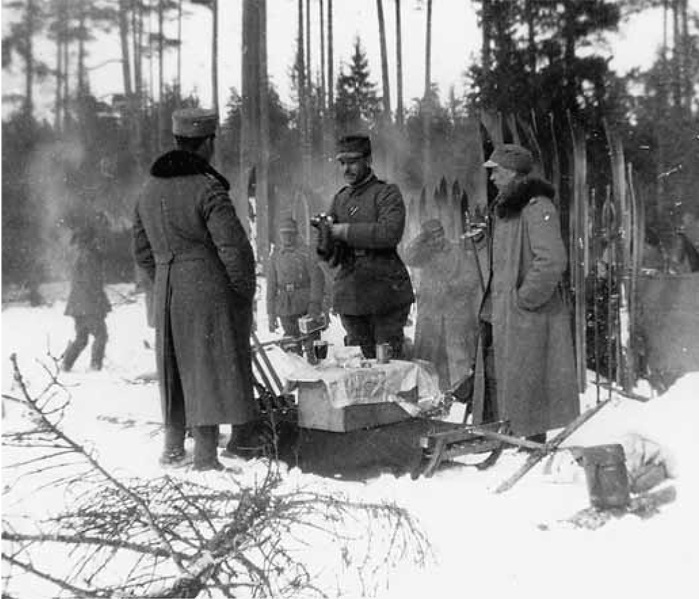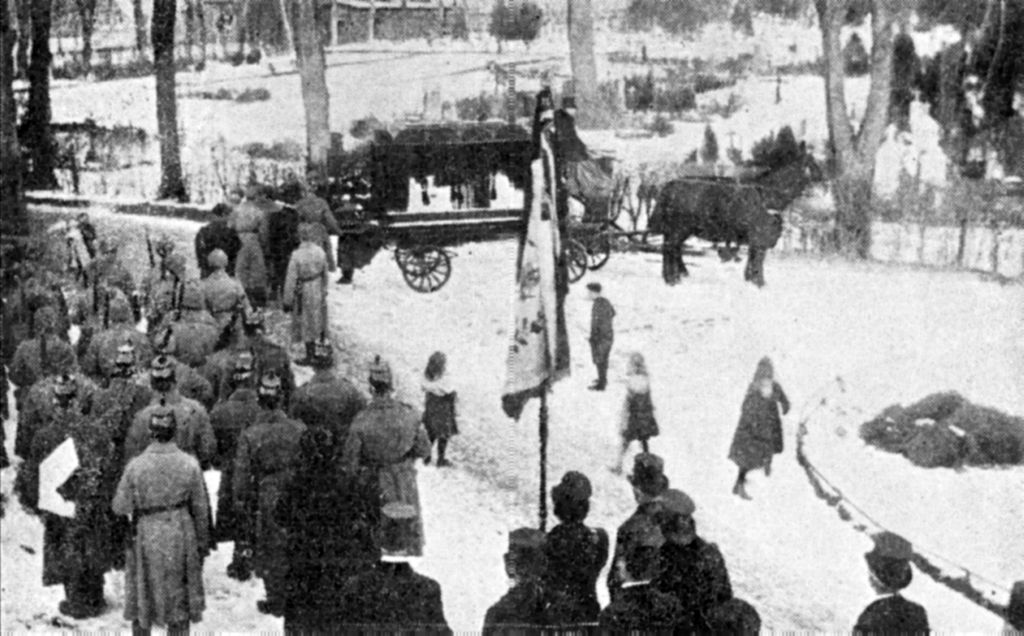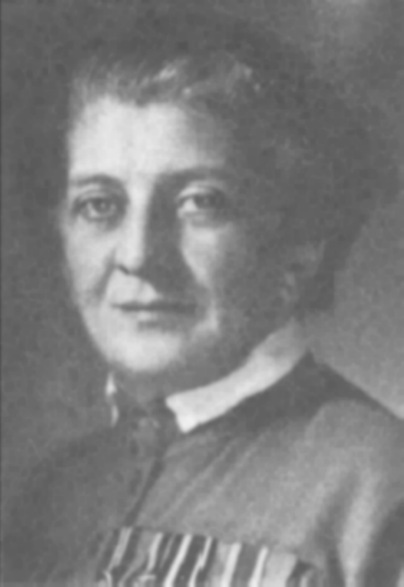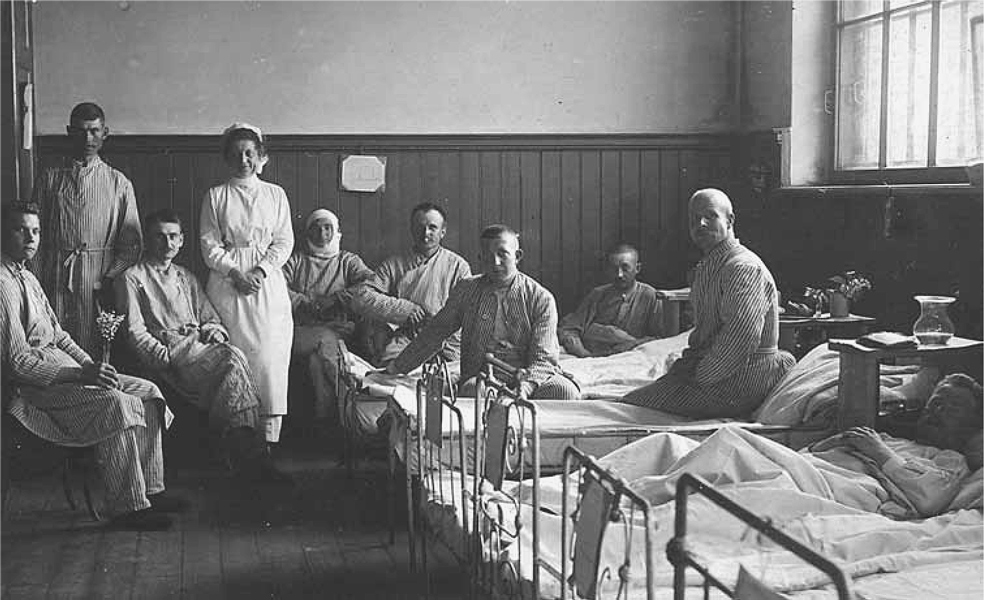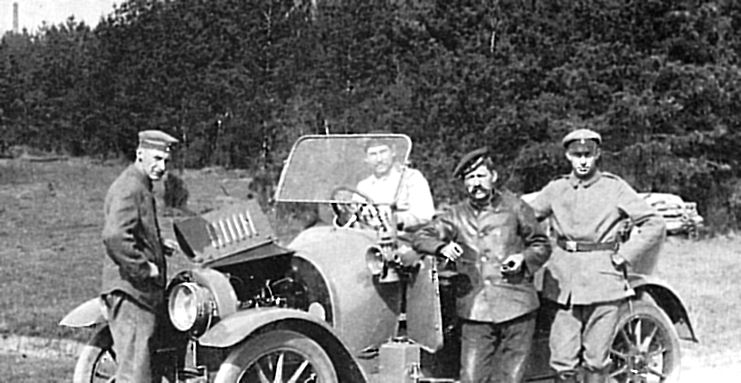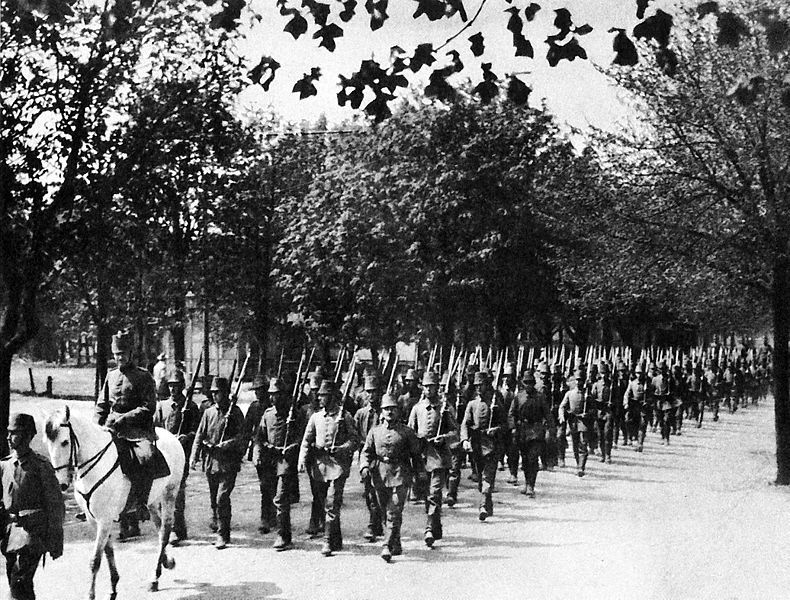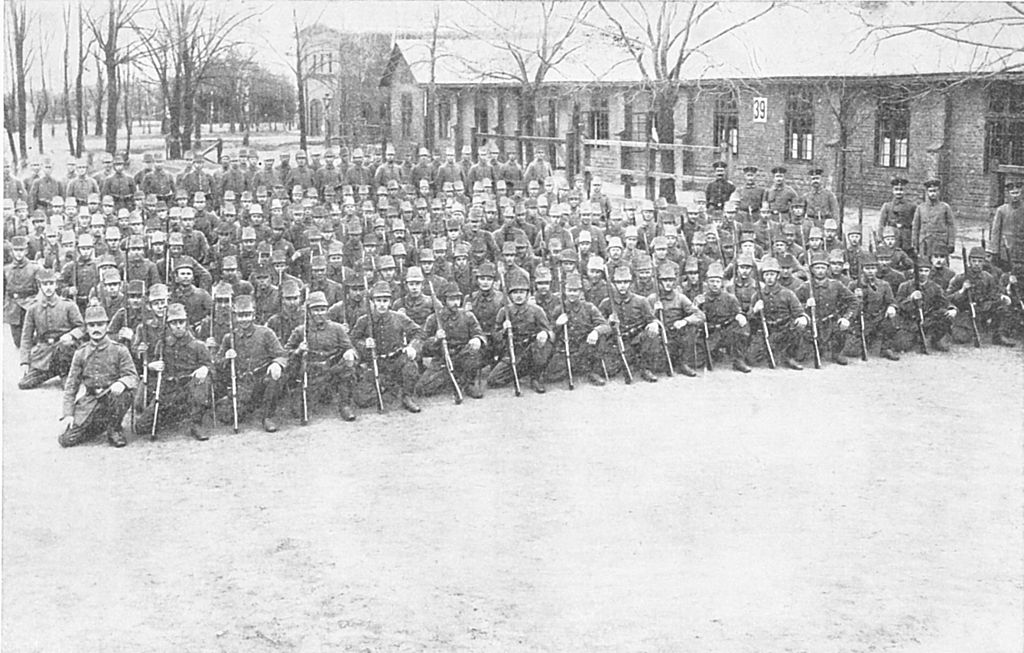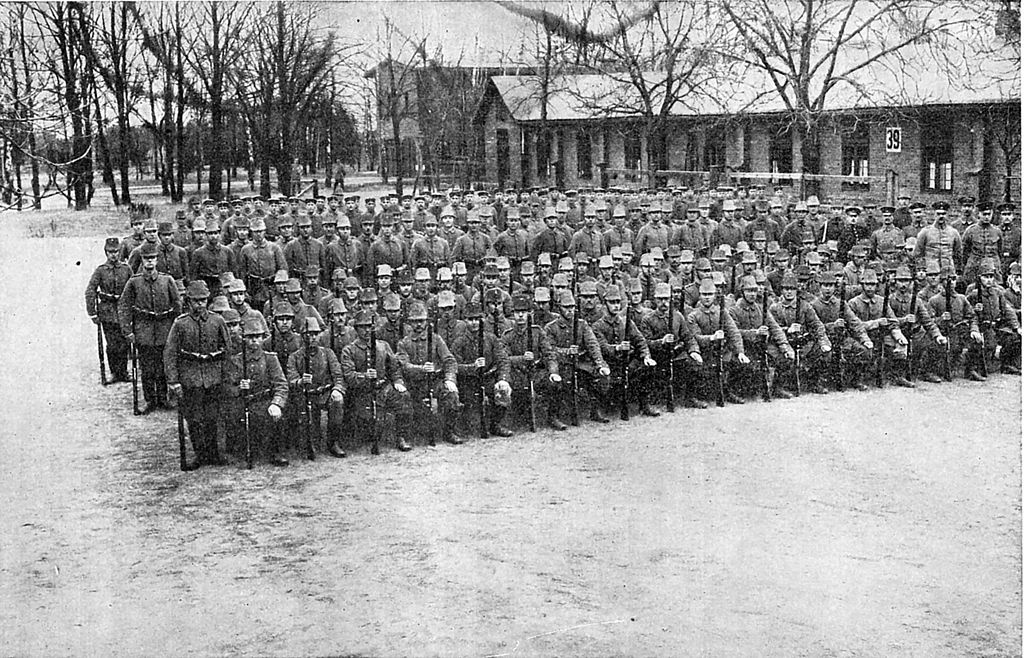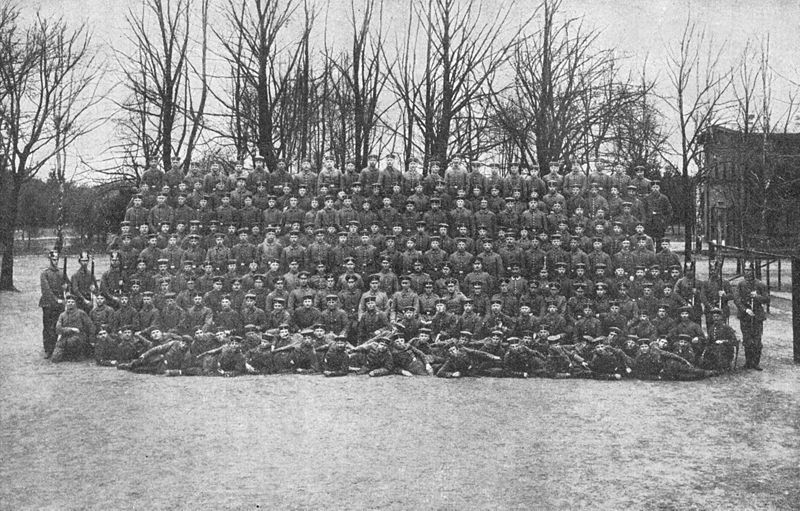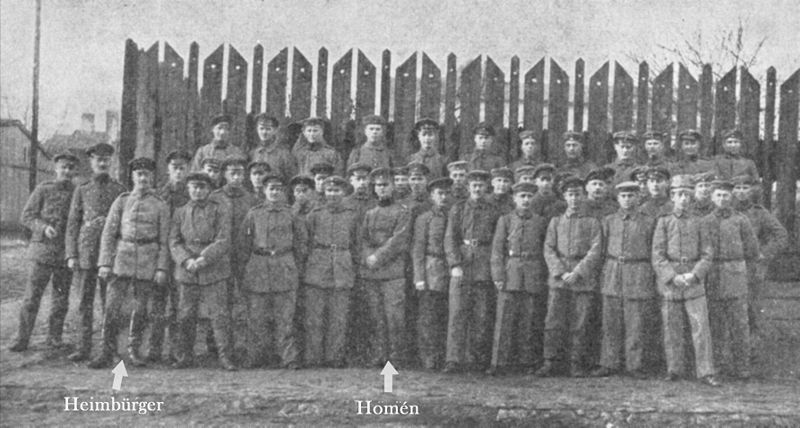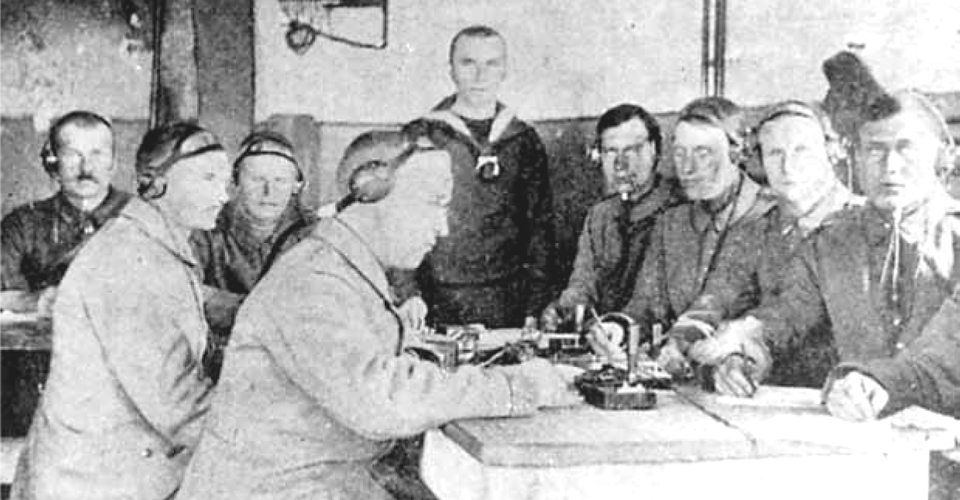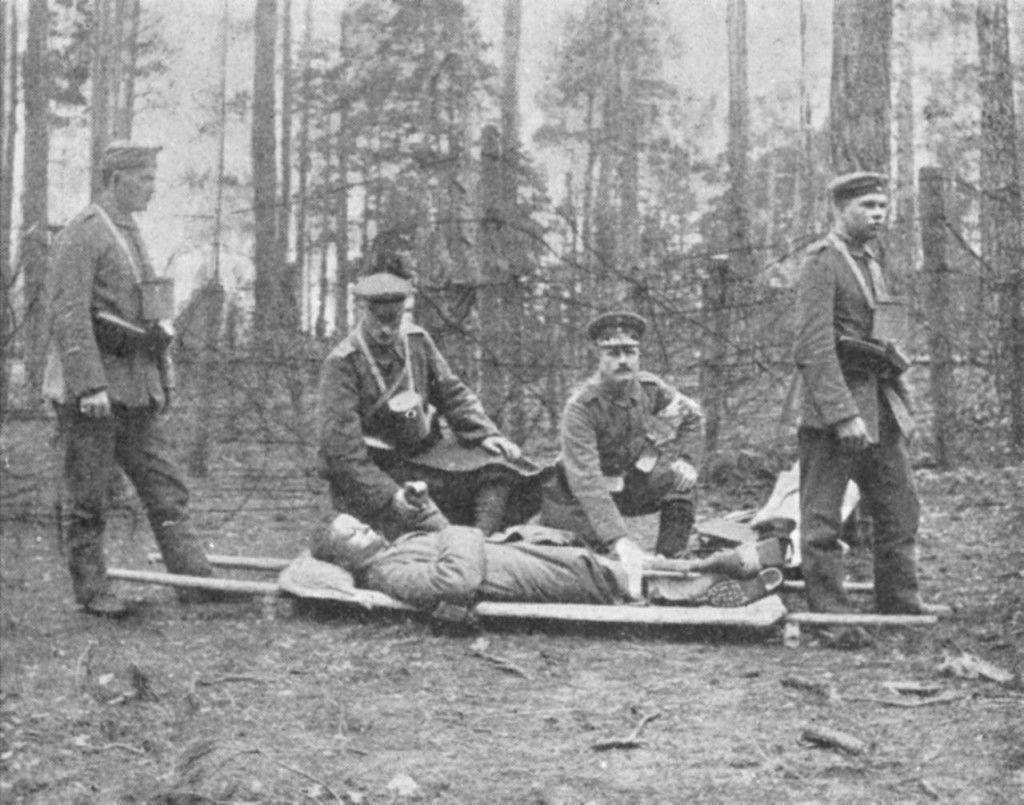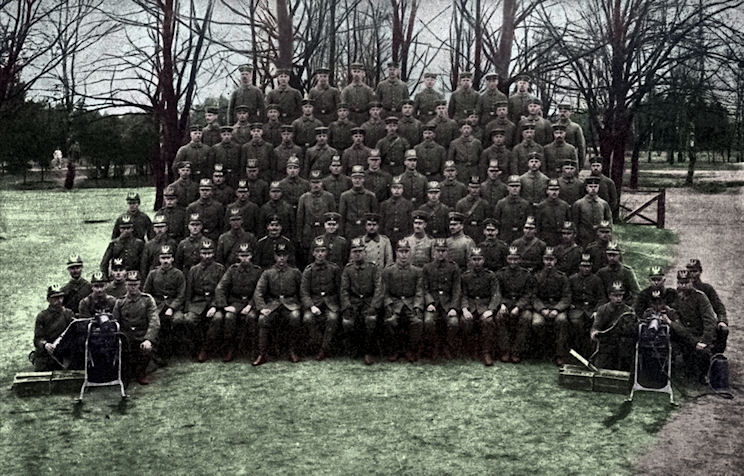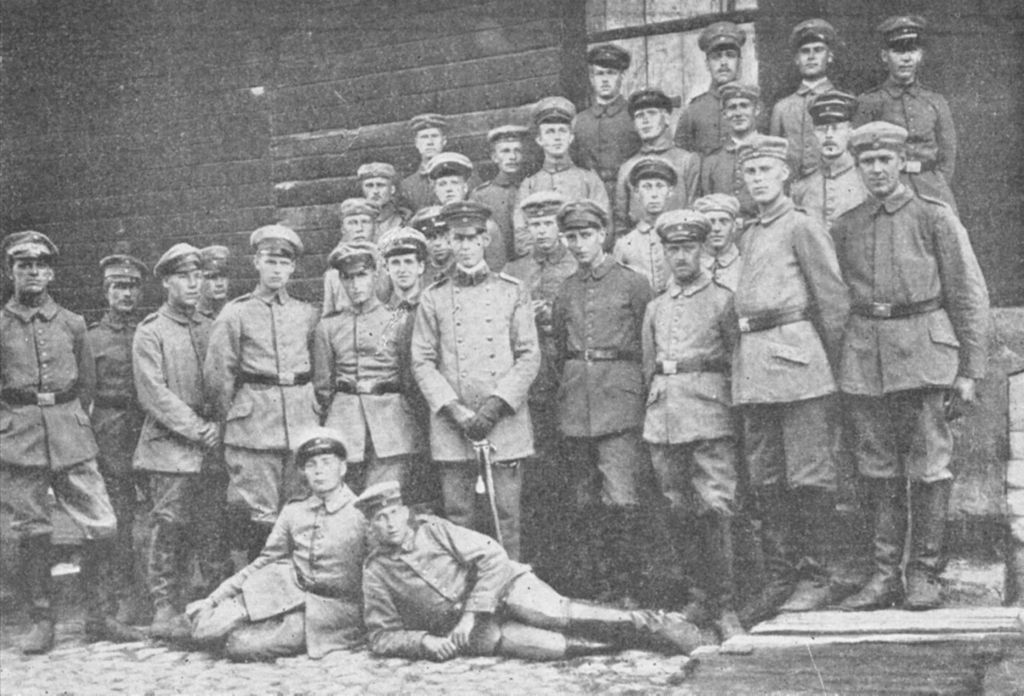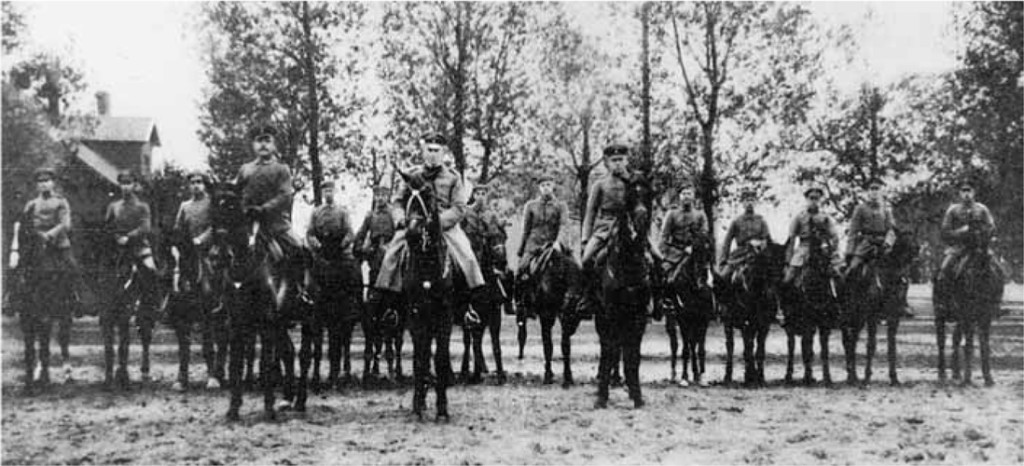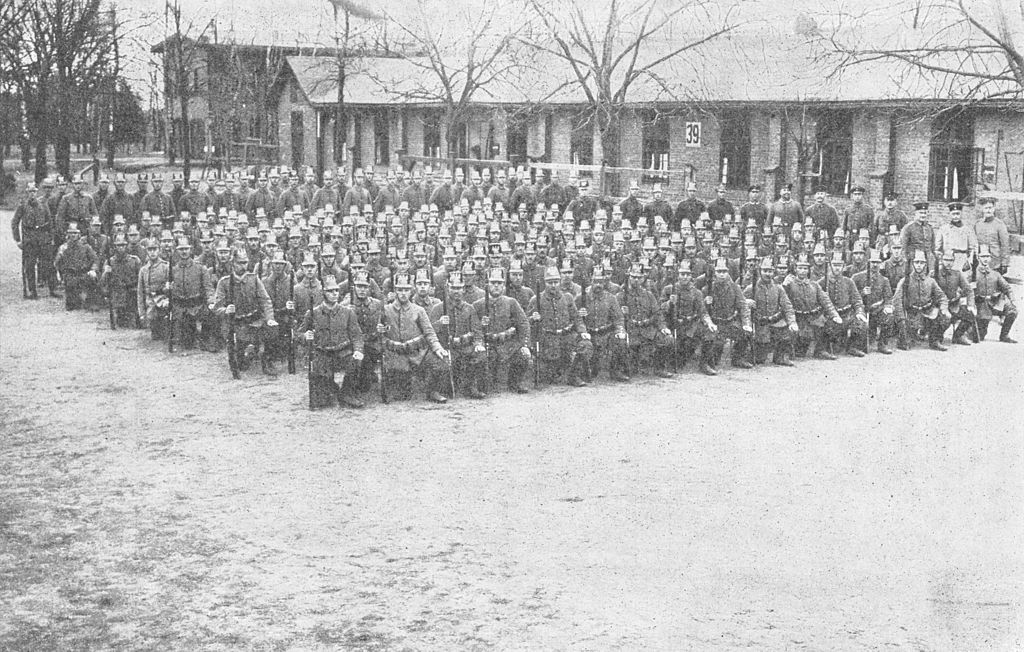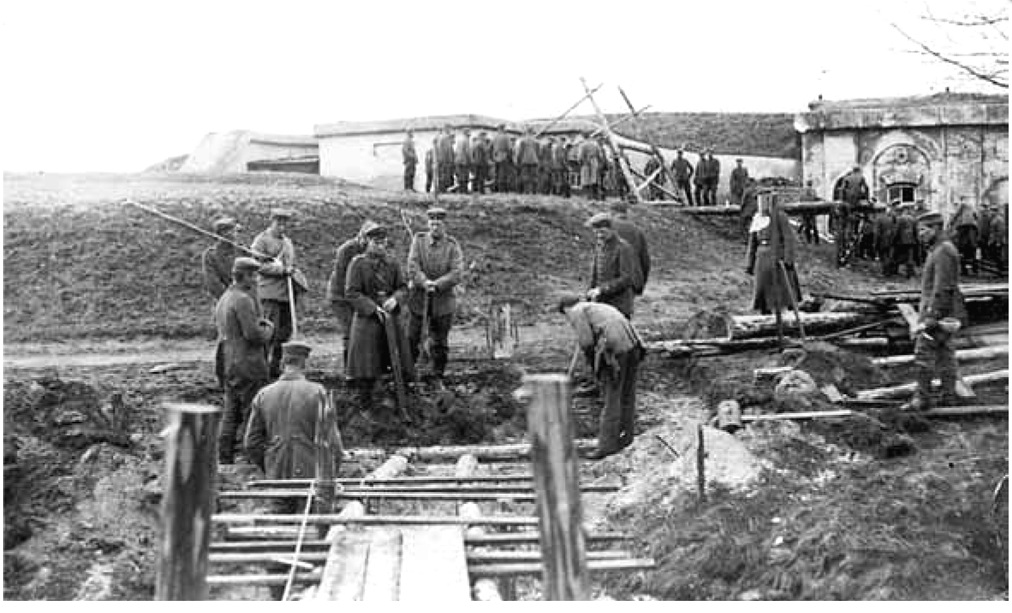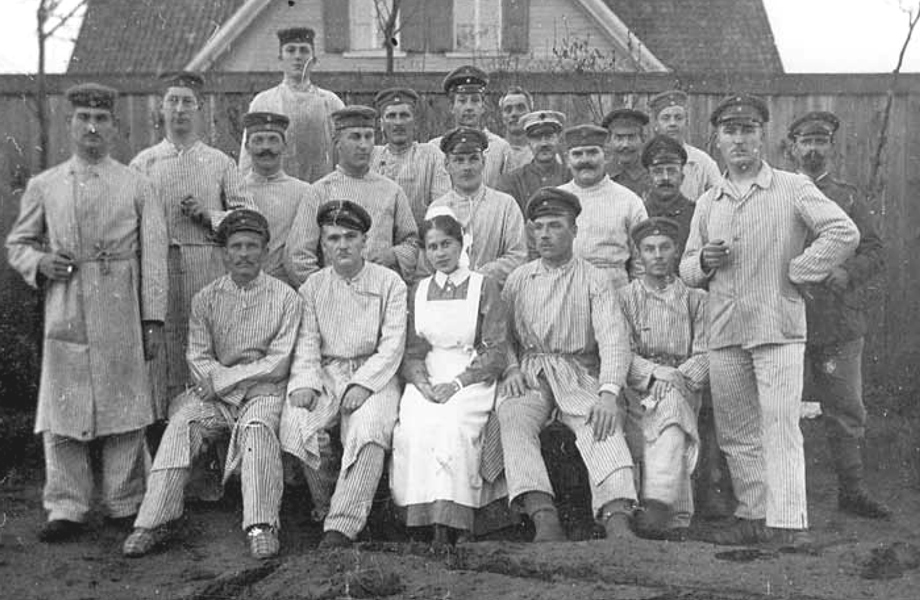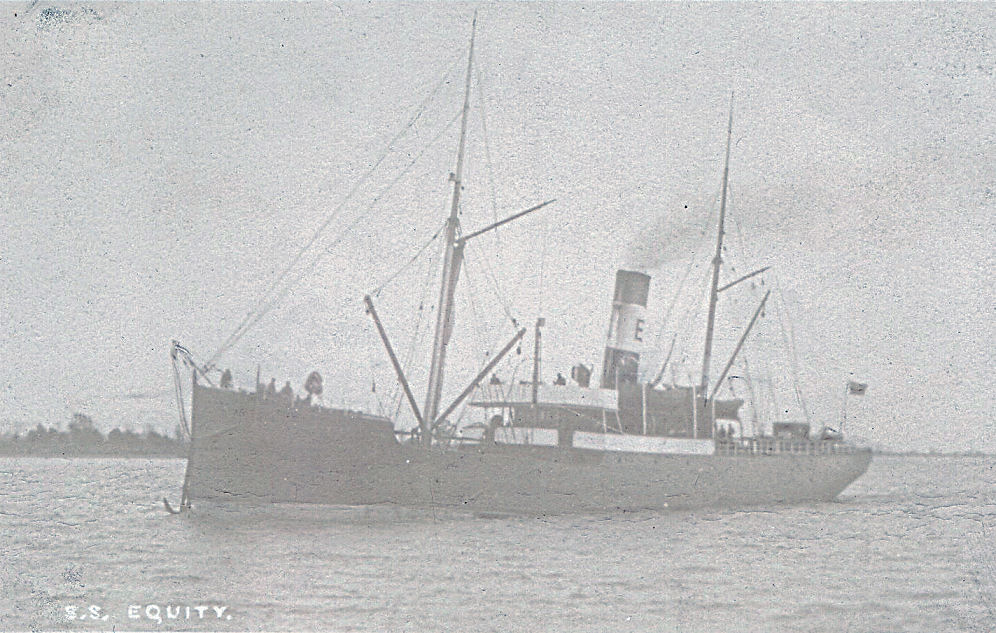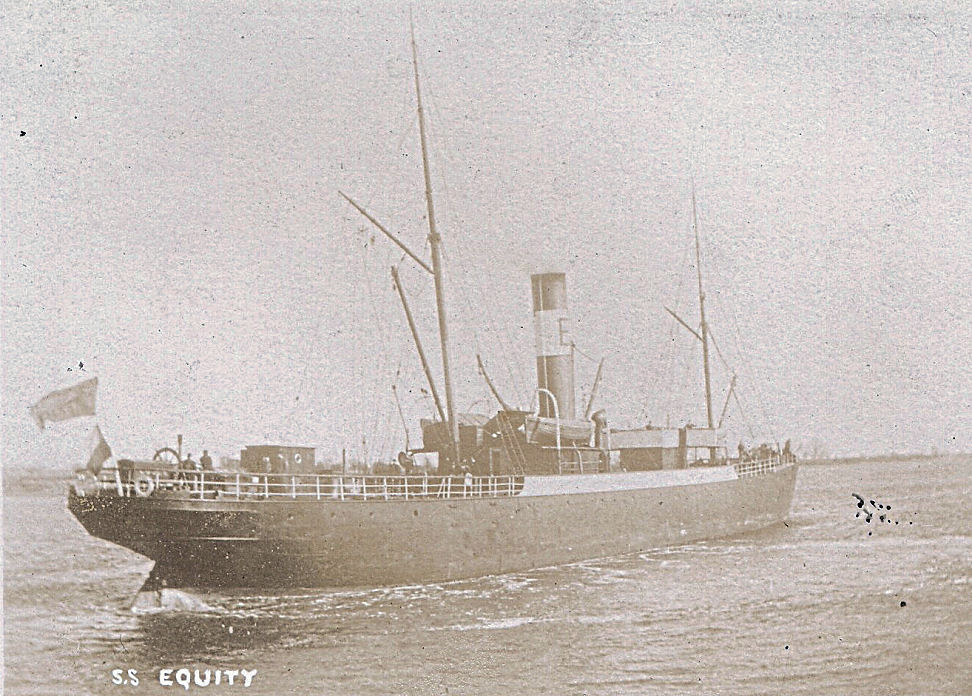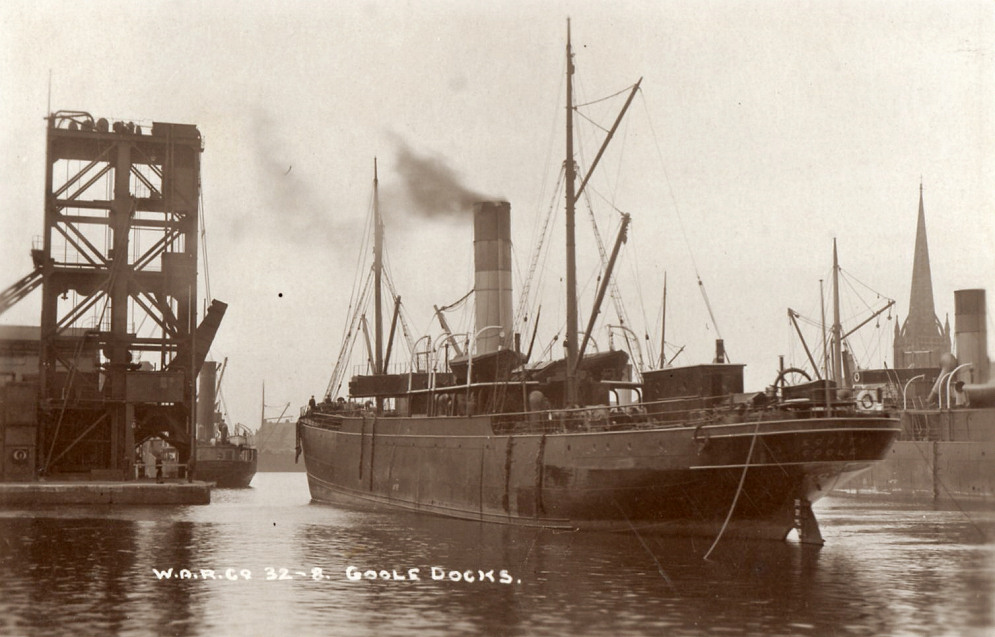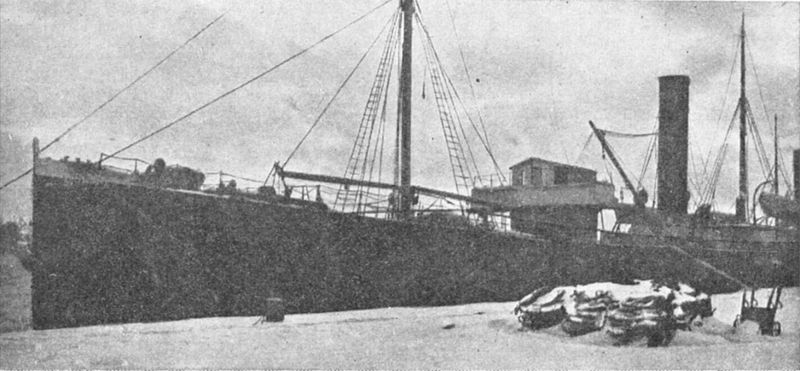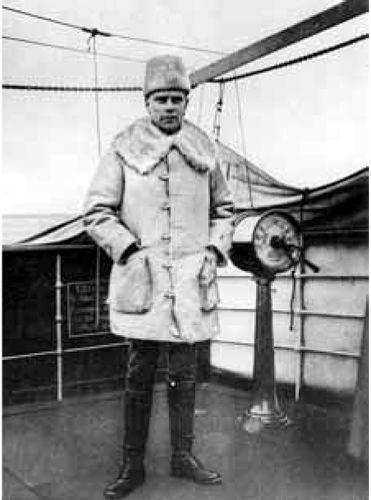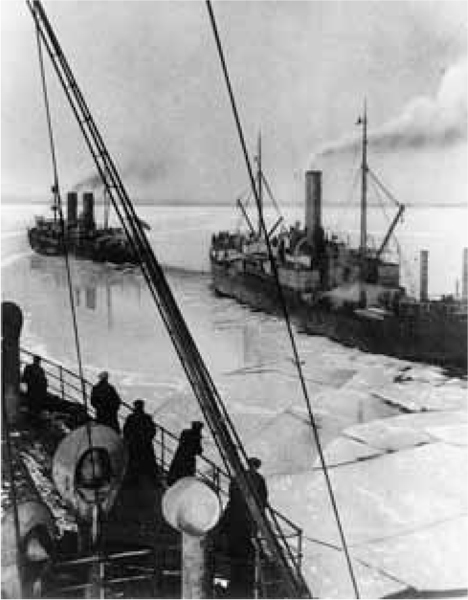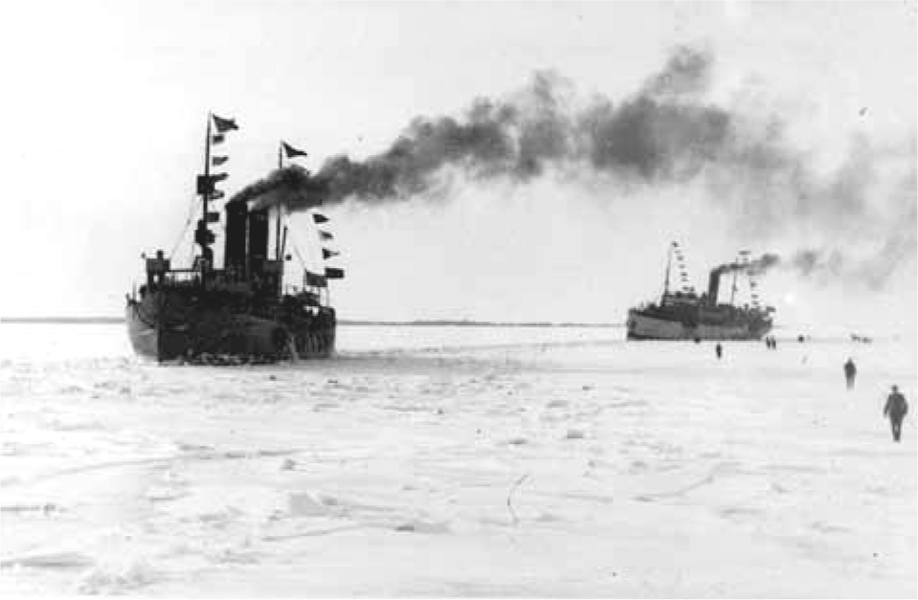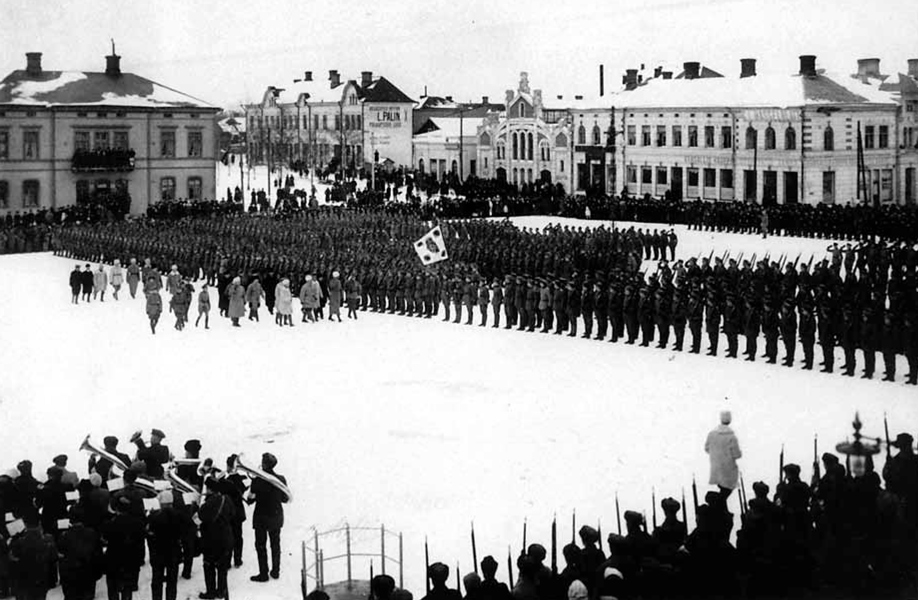“Punainen myrsky – valkoinen kuolema” (Red Storm, White Death) – draft Table of Contents for this Winter War Alternative History
Spent a bit of time over the last week going through updating the Table of Contents and mapping things out a bit more clearly going forward. As always, comments, criticism, feedback and suggestions are always welcome. Especially on things that could be added in. On posting, I notice I've duplicated myself here and there so ignore those for now.
Finland – The Third Path
Independence, the Civil War, the Heimosodat & the aftermath
- Independence and the Civil War
- The Heimosodat (the Kinship Wars)
- Finnish Volunteers in the Estonian War of Independence
- Bitter Winners and Sore Losers – Reds and Whites in the 1920s
- The Jääkärit and their place in the Finnish Army
Foundations for Change: the 1920’s
- Finnish Economic and Industrial Growth – 1920 to 1939
- Finnish Nationalism and the Economy
- Building the Finnish Military-Industrial Complex
- Initial Steps towards a Maritime Industrial Complex
- The Finnish Army (Armeijan) through the 1920’s
- Origins of the Cadre-based Army
- Conscription: Finland Fast-Forwards into Military Modernity
- Training the Conscript Citizen-Soldier (in the 1920’s)
- Stories and Memories of Conscript Soldiering in the 1920’s
- Army Conscript Training and Mobilisation Plans in the 1920’s
- Finnish Army Infantry Weapons of the 1920’s
- Finnish Army Artillery of the 1920’s
- Finnish Army Anti-Aircraft Guns of the 1920’s
- The Suojeluskunta in the 1920’s
- The Lotta Svärd Yhdistys (Organisation)
- The Suomen Ilmavoimat (Finnish Air Force): a Brief History through the first half of the 1920’s
- The Ilmavoimat and the Kirke Mission
- The Ilmavoimat in the late 1920’s
- Coastal Defence Fortifications in the 1920’s
- The Fortress of Krepost Sveaborg
- Finland’s Coastal Artillery Fortresses
Social Cohesion and a sense of national identity in Finland
- Finnish Government and Politics of the 1920’s and 1930′s
- - The Defence Triumvirate – Mannerheim, Walden & Tanner
- The Politics of the 1920’s
- The Lapua Movement and Rise of the Isänmaallinen Kansanliike (IKL)
- Social Cohesion and the rapproachment between the Suojeluskunta (Civil Guard) and the Social Democrats
- The Triumvirate – Mannerheim, Rudolph Walden and Vaino Tanner
- The changing social and military role of the Suojeluskunta (Civil Guard) and Lotta Svard organizations
- An example of Corrective Action within the Armed Forces in the 1930’s and the wider ramifications of such a change within Civil Society
A Time of Change – the 1930′s
- The Finnish Naval Construction Program 1933-1939
- The development of KäsiKähmäTaistelu (KKT)
- Civil Aviation
- - The Growth of Finnish Civil Aviation and the Finnish Aviation Industry through the 1920’s and 1930’s
- The Early Years of Finland’s Air Travel and the construction of Civil Airports
- Civil Aviation, Forestry and Smokejumpers
- The Ilmavoimat through the 1930’s
- - Ilmailuvoimien Lentokonetehdas / the Finnish Airforce Aircraft Factory)
- Aircraft Engine Manufacturing in Finland
- Hispano-Suiza in Finland – Engines and Cannon
- An Interesting Experiment
- The Ramifications of the 1931 Military Review for the Ilmavoimat
- The 1934 Ilmavoimat Procurement Program
- The 1935 Ilmavoimat Procurement Program
- The 1936 Ilmavoimat Procurement Program
- The 1937 Ilmavoimat / Merivoimat Air Arm Procurement Program
- The last of the 1937 Fighter purchases – the Fokker G.1 Fighter
- 1937 – A Medium Bomber for the Ilmavoimat
- The 1938 Ilmavoimat and Merivoimat Air Arm Procurement Program
- The Torpedo Bomber Purchase of 1938
- The 1938 Procurement Program: Additional Fighters for the Merivoimat
- Observation, Army Co-operation and Medical Evac Aircraft – 1938
- Other Programs: Gliders and “Assault Transport” aircraft
- Water-bombers for Fire-fighting – and some spinoffs
- Aerial Refueling Experiments and Droptanks
- The Gyrocopter Program
- The “Flour Bomb” Project
- The Development of Ilmavoimat Doctrine
- - Aarne Somersalo, Architect of the Ilmavoimat’s Air War
- Lorentz, Magnusson, Somersalo & doctrinal development
- Ilmavoimat volunteers in the Spanish CivilWar
- Ilmavoimat Fighter Command and Control System
- Ilmavoimat Bombing and dive-bombing
- AA guns and Air Defence
- Temporary airfield construction units
- Mining and Forestry
- - The Development of the Finnish Mining Industry
- Forestry and related Industries
- Reforestation and Planting Programs
- Tools, Mechanisation and Transportation in the Finnish Forestry Industry
- The Development of Fire Watching and it’s military applications within Finland
- Flame Throwers in the Suomen Maavoimat
- Fire Fighting, Aerial Surveillance, Forest Service Smokejumpers (Savusukeltaja) & the origins of the Parajaegers
- Waterbombers, Aerial Refuelling, Drop Tanks & Molotov Bombs
- Lightweight Body Armor for the Maavoimat
- Eric Tigerstedt & Military Communcations
- - The development of Radios for the Forest Service and for the Maavoimat
- Radio in Finland in the 1920’s
- Maavoimat Signals equipment through the 1920’s and into the 1930’s
- The Maavoimat’s “Kyynel” Long-Range Patrol Radio
- Eric Tigerstedt
- The Nokia one-man Portable Combat-Radio
- The Suomen Maavoimat’s “Suuritehotaisteluvalonheitin” Device
- The Nokia Portable Combat Voice-Radio
- The Nokia Radio-Wave Detection System
- Verenimijä
- The most heavily armed Pigeons in the World
- ASDIC
- The Finnish Military-Industrial complex through the 1930’s
- - An Overview
- Tampella Tampereen Pellava- ja Rautateollisuus Osake-Yhtiö (Tampere Linen and Iron Industry Ltd., abbreviated to Tampella)
- Lokmo
- Tolfvan
- Crichton-Vulcan
- Tikkakoski Rauta ja Puuteollisuusyhtiö
- Suojeluskuntain Ase ja Konepaja Oy (SAKO)
- VPT – Valtion Patruunatehdas – State Cartridge Factory
- VRT – Valtion Ruutitehdas – State Powder Factory
- VKT – Valtion Kivääritehdas - State Rifle Factory
- VTT - Valtion Tykkitehdas - State Artillery Factory
- Machine Workshop Leskinen & Kari
- Oy Physica Ab
- Ab Strömberg Oy
- Ammus Oy
- Wårdström
- Neste (Oil)
- Tornio Steel
- Ab Patria Oy (Tanks and AFV,s founded in the mid-1930's in this scenario)
- Fertiliser & Chemicals? Ethanol and Wood/Charcoal as vehicle fuel
- Xylitol from wood?
- Any others I should consider?
- Maavoimat weapons design and weapons procurement thru the 1930’s
- - Infantry Weapons
- The starting point: the Moison-Nagant Rifle
- Antti Lahti and the Suomi SMG
- The 7.62mm SLR Project, the LMG Sampo and standard ammunition
- The shoulder-fired Mini-Mortar (basically a grenade launcher)
- The Lahti 20mm Anti-Tank gun
- Flamethrowers
- Mortars
- The 81mm Tampella Mortar
- The 120mm Tampella Mortar
- Artillery
- - Nenonen, Master of the Guns
- Artillery – The starting point in 1930
- The 76mm Skoda Field Gun
- The 105mm Tampella Howitzer
- Heavy Artillery from France + French artillery tractors
- Artillery buildup, guns, units, strength
- Maavoimat Artillery Fire Control System
- The Rocket Launchers
- AA Guns
- - Existing AA Guns – the starting point in 1930
- The Bofors 76mm
- The Bofors 40mm
- The Lahti 20mm AA Gun
- Anti-Tank Guns
- - The 37mm Bofors AT Gun
- The Bofors 76mm AA Gun conversion
- The German 88's
- Mines
- Vehicles for the Armeijan
- Tanks and Armoured Cars
- - Renault FT17’s – the first tanks and armoured units
- A second purchase of Renault FT-17’s
- 1927/28 and observations on the British Experimental Mechanized Force and more
- Post-1930 Tanks, Armoured Cars, experimental vehicles and Ab Patria Oy
- A late development – armoured fighting vehicles
- Finland’s Armour & Mechanized Fighting Strength as of late 1939
- Fortifying the Isthmus
- - The early fortifications and the geopolitical position
- The Mannerheim Line and the Volunteer Construction Units of the 1930’s
- Dragons Teeth – the 4 defence lines and intermediate positions as of late 1939
- Improvements in Finnish Coastal Defences over the 1930’s
- - The Marine Jaeger Division
- The Naval Guns
- Unsinkable Aircraft Carriers – key island fortresses of Finland
- The Coastal Artillery Fortifications as of late 1939
- Naval Expansion
- The Armeijan in the 1930’s – experimentation and evolution
- - The Armeijan in 1930 – a summary
- The evolution of Armeijan doctrine
- The evolution of Officer, NCO, Conscript and Cadet Training – “An Army of Leaders”
- Experimentation: The Combined Arms Experimental Unit: flexibility, mobility and the evolution of the Combined Arms Regimental Battle Group
- “Switzerland is our example” – Rifle Shooting Clubs, a Weapon in every Home, Total War, Propaganda and Morale
- "Total War" - Mobilization Plan changes and manpower expansion - "Any war we fight will be a war involving the entire nation"
- Organisational Changes – new units, revised strengths, inclusion of Lottas and Cadets in the mobilized Maavoimat
- The Crucible: The experiences of the Finnish Volunteers in the Spanish Civil War – lessons learned and applied
- The “New” units – Armoured Division, Marines, ParaJaegers, Sissi units, Osasto Nyrkki, Combat Swimmers, other special units, Signals Intelligence & others
- SIPL & the Ilmavoimat: training Pilots, Aircrew and Ground Personnel
Govt and Politics of the 1930’s
- Foreign Affairs thru the 1920’s and 1930’s and the attempts to build defence treaties
- Ties with Estonia and Estonian politics, history and the armed forces
- Sweden – Hopes and Disappointments
- Latvia and Lithuania
- Poland & the “secret agreement”
- The Guns vs Butter debates – Defence Funding through the 1930’s
- The USSR in the 1930’s
- - Internal and external politics
- The Soviet Economy
- Military developments and expansion
- The Holodomor
- The Red Army purges
- The Finnish view (including Karelia and Ingria and the Purges)
- Finnish Intelligence and the Soviet threat
The Great Awakening: Munich, October 1938
- Munich and the abandonment of Czechosolvakia / impact on Finnish military equipment orders from Czechoslovakia
- Mannerheim’s Speech: “Storm Clouds are gathering over Europe”
- Immediate increases in the defence budget
- Moving towards a War Economy
- Applying the lessons of the Spanish Civil War to the military
- A Nation in Arms – “Switzerland is our example”
- Contingency measures
- The Emergency Procurement Program of October 1938
- - Ships
- Aircraft
- Fighter: playing the wild card
- Artillery and AA Guns
- Other weapons
- The Coastal Fortifications
- Dragon’s Teeth II – The Isthmus Defence Program accelerated
1939: Alone at the Brink of the Abyss
- The Lyngenfjord Highway
- Overtures and threats from the Soviet Union
- The “Maritime Mobilization”
- The Molotov-Ribbentrop Pact, the secret protocols and Finnish Intelligence
- September 1939: The Fall of Poland
- - Europe at War
- Poland’s Dunkirk
- Pressure from the Soviets – Latvia and Lithuania cave in, Estonia mobilizes, further negotiations
- From Hanko to Petsamo – Finland mobilizes for war
- Tensions with Germany & The Last Convoy
- The First Volunteers – The Poles & the Italians
- The Opposing Sides: a Summary
- - The USSR
- Finland
- Estonia
- Finland’s Military as of November 1939: a Summary
- - Force Structure – Armeijan
- Force Structure – Ilmavoimat
- Force Structure – Merivoimat
- Soviet Forces positioned along the Finnish border in November 1939: a Summary
- The Evacuation of the Isthmus & the Mainila Incident
“Kunnes helvetti jäätyy - Talvisota 1939-1940” - (Until Hell Freezes Over: The Russo-Finnish Winter War of 1939-1940)
“If the Russians attack, sir, we’ll fight them until hell freezes over, and then, sir, we will fight them on the ice.” Unknown Finnish soldier to Marshal Mannerheim, October 1939.
December 1939: Punainen myrsky / Red Storm
Finland attacked – “war has begun”
Defensive Battles – 1st Days on the Karelian Isthmus
- The Soviet Navy attacks
- Bloody days on the Isthmus – “The Red Army is making good progress”
- Surprise and Annihilation – Suomassilimi and Raate Road
- Eastern Karelia – “Kollaa must hold”
- Blood on the Snow – the defence of Petsamo
- Eagles over the Isthmus – the Ilmavoimat goes to war
- The Kronstadt Raid and the destruction of the Soviet Baltic Fleet
- A Slow Withdrawal
- Osasto Nyrkii goes into action
- The Finnish Diplomatic Offensive, the Foreign Press and the beginnings of Foreign Aid
- First Volunteers at the front: The Alpini and the Poles
- The Foreign Press and War Reporting from the Winter War
- The Foreign Volunteers and Foreign Aid
- - Italy and the Alpini Division
- First Volunteers: The ANZAC Volunteer Battalion
- The Polish Volunteers
- The Spanish Blue Division
- The Viking Division
- The Magyar Division
- The Commonwealth Division
- The Australians
- The New Zealand 2nd echelon
- The South Africans
- The Selous Battalion – Rhodesians
- The Devils Brigade – Canadians in Finland
- The Atholl Highlanders
- The 5th Battalion, Scots Guards
- The De La Rey Commando
- The Regimientio San Martin (South American)
- The Irish Volunteers
- Amerikansuomalainen legioona (The American-Finnish Legion)
- Carlson’s Rangers – the US Volunteers
- The Garibaldi Regiment (Italian Volunteers)
- The Iron Guard – Romanians in Finland
- Other Volunteers - the British Aid Detachment
- Other Volunteers - Air Force volunteers
- Aid from Britain
- Aid from France
- Aid from Canada and the USA
- Aid from Scandinavia (Denmark, Norway and Sweden)
January 1940 – “Finland fights a Thermopylae every day”
- We Stand Alone
- Eagles Strike – the Ilmavoimat takes the offensive
- They Came from the Sea – the destruction of the Soviet Merchant Marine
- The VKT Line Holds – for a while
- The Motti’s of Eastern Karelia
- “Neighbourhood Friends” – the capture of Murmansk
- “Horror on the Kola” – the discovery of the Soviet “Death Camps”
- Volunteers arrive – the Spanish Blue Division, the Viking Division, the Magyar Division,
- “Finland Fights On” – the world applauds, aid begins to trickle in
- Sweden vacillates on military assistance
February 1940 – The Lion in Winter
- Withdrawal to the Mannerheim Line
- The Battle of the Summa Gap ("Death of a Corps")
- Taking the Offensive – Mannerheim’s “Sword and Scabbard” speech
- On the offensive in Eastern Karelia – Reaching the Syvari and Lake Onega, on to the White Sea, the Biggest Knifefight in Lapland
- Special Forces on the offensive
- The Ilmavoimat Rules the Skies
- More volunteers – the Commonwealth Brigade, the Poles, the Boer “De La Rey” Battalion, the Irish Volunteers, Carlson’s Rangers, the San Martin Regiment, The Garibaldi Regiment
- Foreign Aid begins to arrive
- British and French Intervention Proposals declined
March 1940 – Valkoinen kuolema / White Death
- “Mannerheim’s Wizards” – Sowing Deception and Reaping the Harvest
- Into the Grinder – Slaughter on the Karelian Isthmus
- “Now We Strike” – the Red Army “breakthrough” and the battle of Tali-Ihantala
- Raid and Reprisal – The Soviet Air Forces launches terror raids / Reprisal: “Our Target is the Leningrad Peoples Military Hospital”
- A Bolt from the Blue: the annihilation of the Red Air Force (“Deep Penetration”) – the Ilmavoimat strikes Soviet airfields and aircraft factories deep behind the lines
- Lentolaivue 666 and the death of Colonel-General Shtern
- Help from an Unexpected Quarter
- The Helsinki Convoy
- - The Helsinki Convoy – The Die are cast
- The Helsinki Convoy – “We are engaging the enemy”
- The Helsinki Convoy – “Home Run …. I say again, Home Run”
- The Helsinki Convoy – ”FNS Jykari will enter Port”
- The Finnish Ambassador in Berlin: “The Northern Baltic is a Finnish Sea”
- The Consequences
April 1940 – The War Goes On
- Norway and the Finnish Intervention
- From the Gulf of Finland to the White Sea, Intelligence reports are that the Red Army is building strength for a new offensive
- War in the Air
May 1940 – “To the Gates of Leningrad”
- “All Hell is breaking loose” – the Spring Offensive on the Karelian Isthmus
- The Knife of the Marshal – the 21st Pansaaridivisoona leads the way
- A boot to the head – Unleashing the Special Forces
- Advance to Leningrad
- We Will Go No Further
- The End of the Phoney War in France
June 1940 – An Uneasy Stalemate
- An Uneasy Stalemate
- Mannerheim and Mussolini
- The Fall of France, end of aid from France and the UK
- “The long term situation is untenable”
- The Red Army purges – and reorganizes
- Aid shipments from the USA
- The Finnish military-industrial complex at work
July 1940 – Case Zulu
- From Leningrad to the White Sea – the Red Army attacks
- Afrikanerhart – the Battle of the Onega Gap and the heroic stand of the de la Rey Commando
- The Last Stand of Field Kitchen xxx
- The Soviet Invasion of Estonia
- "Oesch is in command on the Syvari" - Stablising the Front Line
August 1940 – Counterattack: Defeat into Victory
- The Fall of Estonia – Last Stand at Tallinn & The Evacuation
- “Kalmaralli: Puna-Armeijan tuhoaminen syvärin rintamalla, Elokuu 1940″ (Death-dance: The Destruction of the Red Army on the Syvari Front, August 1940)
- “Cry Havoc, and unleash the Dogs of War” – Osasto Nyrkki unleashed
- Weapons of Annihilation
- “Ukkosvyöry: Tuulispäänä Leningradiin” (Avalanche of Thunder: Whirlwind Ride to Leningrad)
September 1940 – Desperate times demand desperate measures
- Operation Hauki – airstrike to the heart of Soviet industry
- Operation “Medusa’s Head” – the destruction of the Kremlin and the death of Stalin
- The Soviet succession
- Negotiations and concessions
- Peace at last / Mannerheim’s Speech
Balancing Act: Neutrality in a World at War
October 1940 to May 1941
- An Agreement with Germany on Norway
- A Greater Finland: The Dream and the Reality
- The Foreign Volunteers Depart
- Karelians, Ingrians, Estonians and Refugee Resettlement
- Finland rebuilds and rearms / Trade and Industry
- “The Finnish military will protect Sweden if she is attacked by Germany” – Talks with Sweden
June 1941 (Barbarossa) to March 1944: Finland On Guard
- “Where do Finland’s best interests lie?”
- The Germans have attacked: Soviet and German threats, Finnish mobilization
- The Baltic is a Finnish Sea: Peace through Superior Firepower
- A Courageous Neutrality: German victories, German pressure and the Siege of Leningrad
- Aid from America and the Atlantic Convoys
- Watching and Waiting
- The Tide is Turning – Winter 1942 and Stalingrad
- 1943 – the Russian Bear attacks
- Debates and Decisions
- The Die are Cast: Preparations for War
- Old Friends Return (the Polish Divisions, US and British Divisons, Norwegian, Danish & Swedish volunteers, the Kiwis and Australians).
Invasion: Reluctant Enemies, Reluctant Allies
April 1944: “Finland is again at War” / E-Day and the Invasion of Estonia
- The Airborne Drops & Special Forces
- The Capture of Narva
- Tallinn is Ours
- Beachhead
- Armoured Spearhead: the thrust South
- Battle of the Blue Hills – convincing the Red Army that “Finland is an Ally”
- The Courland Offensive
- Estonia has been liberated
May-July 1944
- The Destruction of Army Group North
- Neck and Neck towards the South
- The Capture of Bornholm
- The East Prussian Front & the Fall of Konigsburg
August 1944 – April 1945
- The Warsaw Uprising and the Soviet Betrayal
- The Polish Home Army rises
- The Drive to Warsaw
- Liberating Poland: Polish borders, Soviet Anger
- Death Camps & Bloodlands
- Across the North German Plain
- Onwards to Berlin
- Firestorm– the death of Lt-Gen Nicholas Reek, the annihilation of the Red Army’s xx Corps and the taking of North Berlin
- Finland Victorious, Poland Resurgent
End Game
- The Finnish Zone of Occupation
- The Potsdam Conference – July 1945
- East Prussian independence and the terrible fate of Eastern Europe’s German’s
- The Polish Question – Borders and Vengeance
- The division of Czechoslovakia – “communist” Slovakia and the “democratic” Czech Republic
- The Finnish-Polish Coalition and the Nuremburg Trials
Mannerheim in Berlin
- The Finnish Navy in the Pacific War – Task Force “Hirose Chusa” and the Surrender of Japan
- “An Iron Curtain has descended across Europe”
Aftermath
- The Post-war Recovery and the Finnish economy
- The recovery of the “Baltic Tigers” – Estonia, Latvia, Lithuania and East Prussia
- Poland Resurgent
- The Post-war USSR & the “Bucharest Pact”
- Germany: West, East and North
- The Cold War and the Finno-Soviet Relationship
A Glimpse into the Future
- - The Finnish aerospace and high-tech industries
- “Rocket Island” – the Finnish/Polish/German/Baltic States space program of the 1960’s and “Finns in Space”
- The ‘Union of Baltic States” today
In Memoriam
- Marshal Mannerheim
- Hymn for the Fallen (Finnish War Cemeteries & War Memorials)ries & War Memorials)
